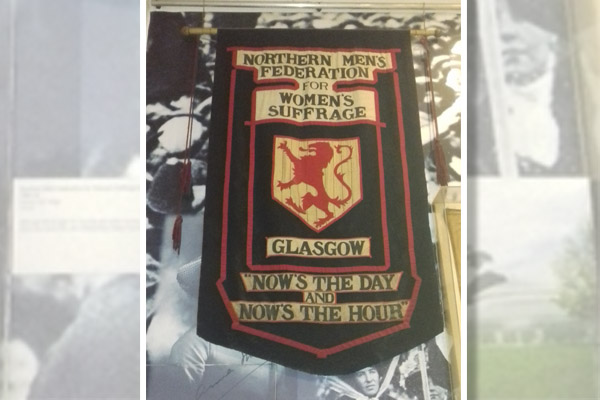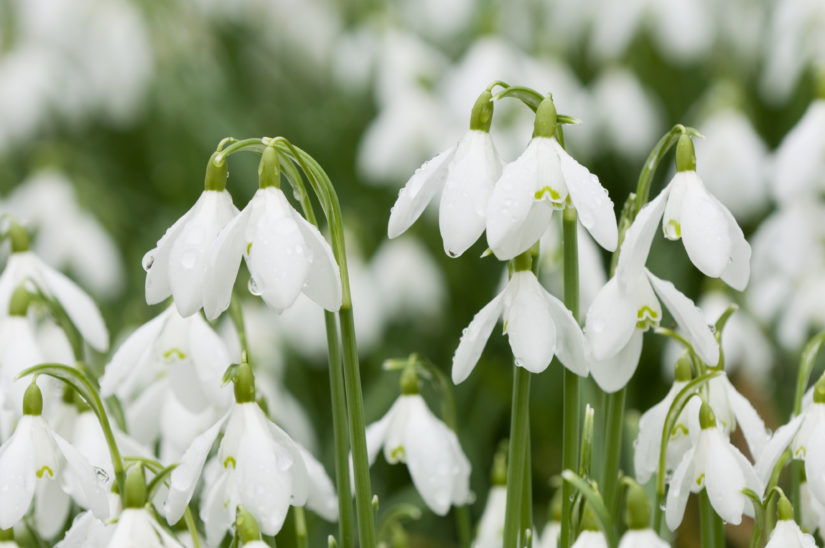New Year, New Writing Ways

A new year is upon us and on the Fiction desk that can only mean one thing — the opportunity for you to send in more stories!
With New Year Resolutions in mind, here’s a list of suggestions to help inspire your next “Friend” story.
Modern or period
If you are used to writing modern-day stories, why not try your hand at a story set further back in time?
The mid- to late Victorian era is an oft-used “Friend” timeframe. But there are other settings popular with our readers that contributors often overlook.
Notably, the 1950s, 1960s and the 1970s have lots of untapped story potential. The two wars always provide rich story content, but there is always the option of the early 1930s or late 1940s. And what about the Roaring Twenties?
The same applies if you are more comfortable with period stories.
By writing something set in present day could help spark new, diverse storylines. There will be challenges, but see them as nothing more than creative ones.
Good characters and a sustainable plot will shine whatever the setting.
The long and short of it
Namely story lengths.
Try to write different story lengths from what you are used to.
We are always in demand for 3000-word stories. But if you are used to writing stories around 1200 words, why not challenge yourself to write a slightly longer story of 2000 words?
It will often give you the opportunity to build-up to a more satisfying story resolution.
I once had a writer say to me he preferred writing serials to short stories.
The simple reason for that was he had more time to develop his multi-layered characters.
Viewpoints & tenses
Writing in less accustomed viewpoints and tenses can be creatively liberating. Not only changing from the likes of third person to first, but shifting from female to male protagonists.
Past and present tenses can offer different storytelling techniques, too.
From the immediate rollercoaster present to the all-encompassing, multi-character past, a different writing style might suit one story over another.
All you need to start is a little inspiration . . .
For more from the Fiction team, click here.










